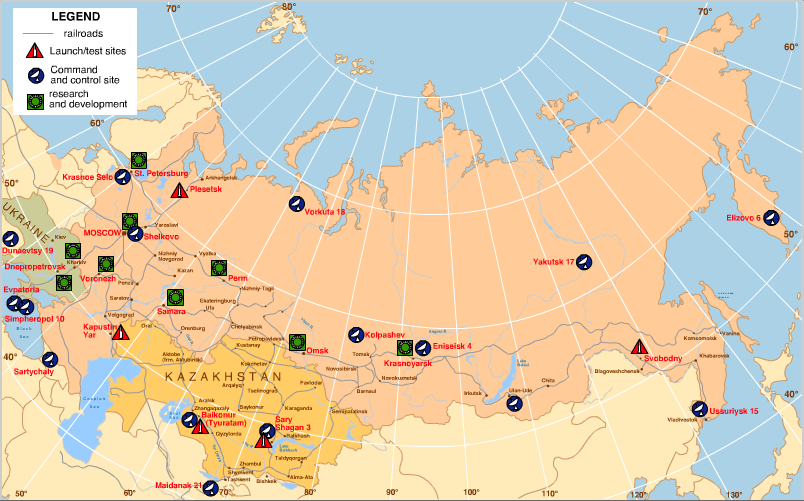https://sputniknews.com/military/201708281056842980-russia-missile-system-orders/
The head of the Russian Military Cooperation Service reports that about ten orders for deliveries of missile systems S-400 Triumf are being processed.
https://sputniknews.com/military/201708281056842980-russia-missile-system-orders/
MOSCOW (Sputnik) — Russia's Federal Service for Military-Technical Cooperation (FSMTC) is currently working on about 10 orders for deliveries of S-400 missile systems amid the generally significant interest in Russian air defense systems, the organization's Director Dmitry Shugaev told the Kommersant newspaper.
"We are seeing significant demand for air defense systems: about 10 orders for S-400 Triumf alone are currently being processed," Shugaev said, as quoted in the newspaper.
The head of the agency said that aircraft made up 50 percent of the exports and Russia was hoping to see exports of land forces equipment grow to represent more than 30 percent of the total.
Shugaev also told the newspaper that the agency intended to work on increasing the exports of navy equipment and on improving maintenance services it offered its customers.
The FSMTC director said he was hoping for a "positive outcome" in Russian-Turkish talks on
deliveries of S-400 systems to be reached soon.
Alexander Mikheev, director general of Russia's state arms exporter Rosoboronexport, told Sputnik earlier in August that the contract with Turkey was close to being signed.
***********
https://sputniknews.com/military/201708281056845658-russia-drills-iskander-teams-astrakhan/
The military units responsible for operating the Iskander-M mobile missile have departed from the southern Russian region of Krasnodar to nearby Astrakhan Region for drills involving controlled missile launches against imaginary targets, spokesman for Russia's Southern Military District Col. Vadim Astafyev said Monday.
MOSCOW (Sputnik) — The drills are taking place within the framework of planned combat training activities and involve more than 400 people and about 100 pieces of equipment.
"The servicemen will have to march in a combined way for a total of about 1,000 kilometers [about 620 miles]. In the course of the march through the rugged terrain, at least ten combat training tasks will be carried out, including mirroring attacks of imaginary enemy subversive and reconnaissance groups, overcoming infested areas of the terrain, deploying the complexes, and conducting conventional missile strikes against specified targets," the spokesman said.
During the march, Russia's Southern Military District will evaluate commanders' ability in making their own decisions under different circumstances, as well as the practical skills of the military unit in preparation of complexes for shooting and launching missiles electronically.
**********
The Russian Southern Military District's combat jets and air defense units were put on combat alert on Monday during a snap check, the district's spokesman Col. Vadim Astafyev said.
https://sputniknews.com/military/20...-southern-military-district-snap-check-alert/
MOSCOW (Sputnik) — Earlier in the day, the spokesman
also stated that the military units responsible for operating the Iskander-M mobile missile have departed from the southern Russian region of Krasnodar to nearby Astrakhan Region for drills.
"The air formations and military units, as well as air defense forces stationed on the territory of the Rostov and Volgograd regions, Krasnodar and Stavropol territories, the republics of North Ossetia-Alania and Crimea, were put on combat alert today," Astafyev said.














